You might have come across the term “pit bike” and found yourself wondering exactly what it refers to. Pit bikes have a history deeply rooted in the world of dirt bike racing, yet their exact definition remains a topic of discussion among enthusiasts.
Pit bikes are often hailed as an excellent choice, particularly for newcomers to the sport or younger riders, due to their smaller size and generally lower speeds compared to full-sized dirt bikes.
So, where does the name “pit bike” come from, and why are they often more budget-friendly? Here’s a quick rundown to address these common questions:
- The moniker “pit bike” originates from their initial use: navigating the pit areas during motocross events.
- Their affordability often stems from their design for recreational riding rather than high-stakes competitive racing.
This guide aims to provide a comprehensive understanding of pit bikes, covering everything from their origins and cost-effectiveness to appropriate age ranges for riders.
 mx_num_39_45_790_and_92_pit_bike_race_mid_corner
mx_num_39_45_790_and_92_pit_bike_race_mid_corner
The Origin Story: Why “Pit Bike”?
One of the first questions that usually pops up is about the name itself: why are they called “pit bikes”? The name’s origin is widely attributed to the Honda Z50 Monkey bike, a vintage motorcycle that initially served event staff at motocross races.
These compact bikes were the ideal solution for event personnel needing to move swiftly around the pit areas of race tracks. Their small size and affordability made them a practical choice for navigating these busy environments. They became essential for transporting riders, event staff, and even photographers throughout the staging areas of racing events.
However, the utility of these bikes extended beyond mere transportation. Riders soon discovered their potential for fun, performing small stunts and jumps, which quickly captured the attention of fans. This newfound recreational appeal dramatically boosted the popularity of pit bikes.
Recognizing this growing demand, Honda responded by redesigning the original pit bike to be more performance-oriented. Brands like Kawasaki also jumped into the market, developing their own pit bike models like the Kawasaki KLX110. This model specifically targeted adult riders, offering a larger and more robust option compared to earlier pit bike designs.
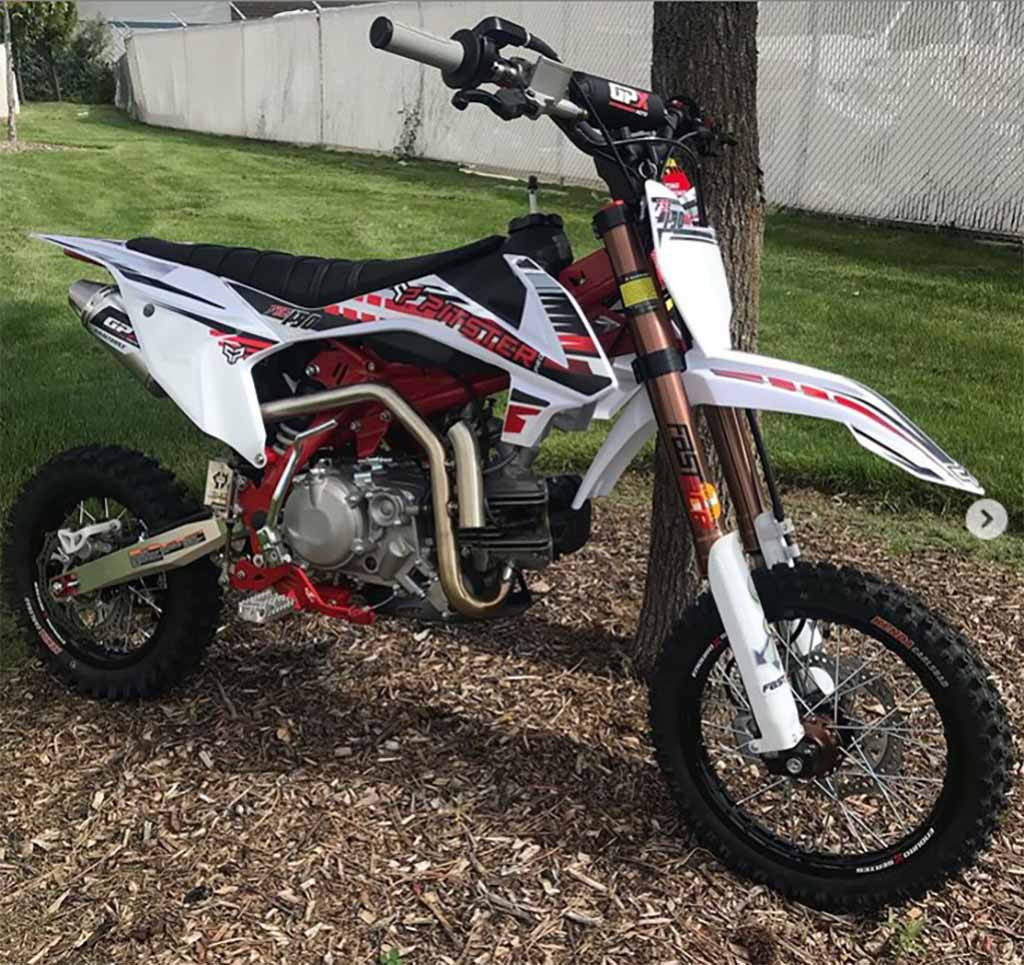 white_and_black_pitster_190_pit_bike_leaning_against_a_tree
white_and_black_pitster_190_pit_bike_leaning_against_a_tree
The Price Point: Why Are Pit Bikes Relatively Cheap?
The question of affordability is a bit more nuanced. Generally, pit bikes are often more budget-friendly because they are typically engineered for recreational use and may not possess the same level of durability and ruggedness as full-fledged dirt bikes intended for competitive racing.
Entry-level pit bike models, often manufactured with cost-saving methods, are sometimes considered more of a recreational toy than a serious performance machine. Consequently, these models might have a shorter lifespan and require more frequent maintenance compared to higher-end bikes. These more affordable options are often geared towards children, teenagers, or adults who are new to мотоспорт and prefer not to make a significant financial commitment before testing the waters.
The market also includes ultra-affordable pit bikes, often produced in China, that are explicitly designed as toys for younger children. These can be found for prices as low as $200. However, it’s crucial to remember that with these ultra-cheap options, the performance and longevity will directly reflect the lower price point.
For those seeking a balance of quality and performance, models like the Kawasaki KLX 110 offer a step up. Priced around $2,300, this compact bike can reach speeds of approximately 50 MPH while offering enhanced durability and reliability. The Kawasaki KLX 110 can be an ideal choice for riders seeking a smaller dirt bike that still delivers solid performance and functionality.
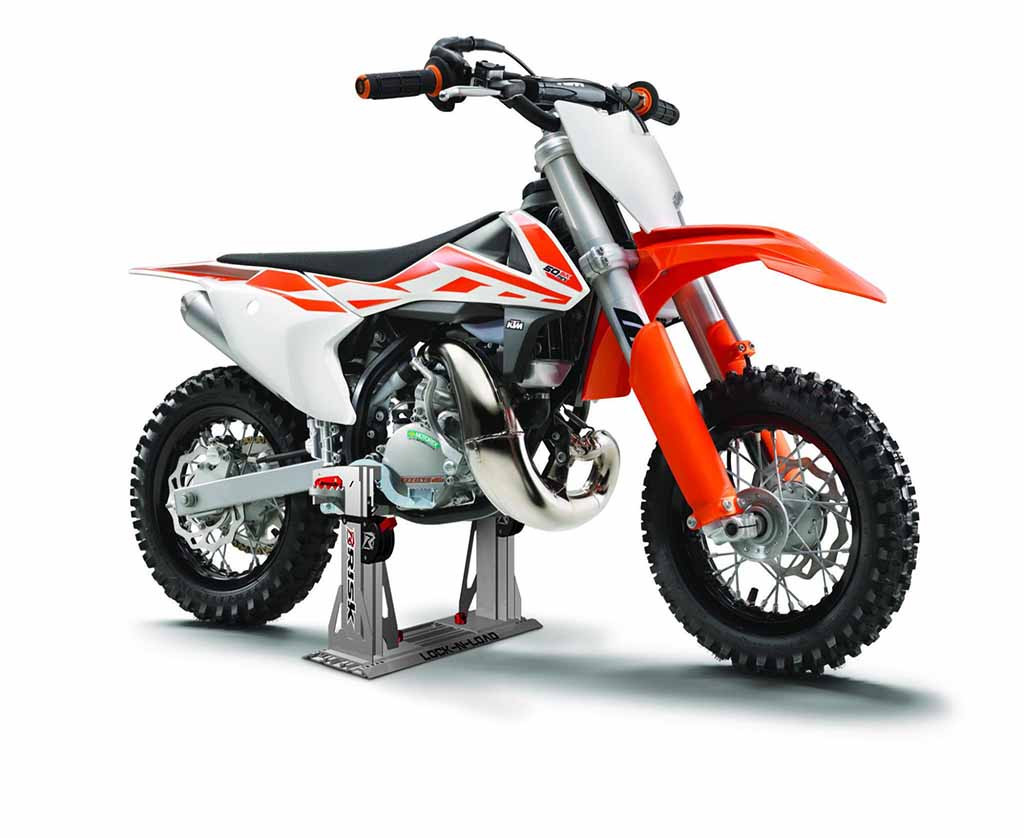 pit_bike_secured_into_a_lock_n_load_pro_mini_dirt_bike_transport_system_by_Risk_Racing
pit_bike_secured_into_a_lock_n_load_pro_mini_dirt_bike_transport_system_by_Risk_Racing
Transporting Your Pit Bike: Simplified Solutions
Pit bikes, being smaller in stature, offer a significant advantage in terms of transport compared to their full-size dirt bike counterparts. Their reduced dimensions allow them to fit into tighter spaces, making transportation more manageable. However, securing them within these spaces using traditional tie-down straps can sometimes present a challenge due to their size and frame geometry.
Given the limitations of conventional straps, investing in a specialized quick-release dirt bike transport system, such as the Lock-N-Load Pro, is a highly recommended solution for pit bike owners.
These systems typically feature a low-profile mounting base that is permanently installed in your vehicle. Mounting arms then slot into this base, providing a secure anchor point for your pit bike. To secure your bike, you simply engage the mounting jaws onto your bike’s foot pegs, ensuring a stable and upright position for transport.
These systems are designed for ease of use, allowing for quick loading and unloading. They can be cleverly mounted in various locations within your transport vehicle, providing flexibility in how you arrange your gear.
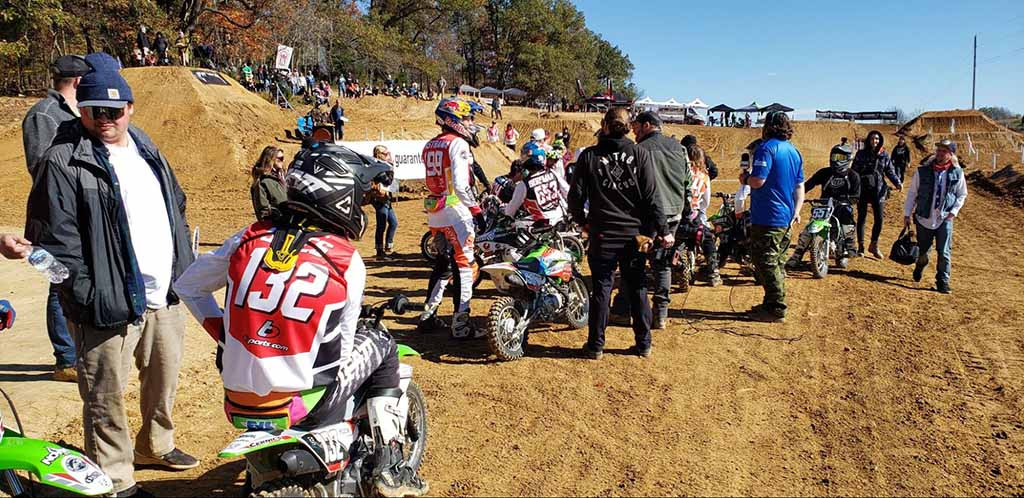 pit-bike-fun-with-pastrana-sipes-and-nitro-circus
pit-bike-fun-with-pastrana-sipes-and-nitro-circus
Speed and Performance: How Fast Can a Pit Bike Go?
On average, a pit bike can achieve speeds reaching up to 50 MPH. However, the actual top speed is influenced by several factors, most notably the engine size. A 50cc pit bike in lower gears might have a top speed range of 15MPH to 20MPH. Conversely, pit bikes equipped with a 140cc engine can potentially reach speeds of 60 MPH in higher gears.
Sprocket gearing also plays a crucial role in determining a pit bike’s speed capabilities. Adjusting the sprocket gearing can increase the potential top speed, even for smaller engine sizes like 50cc, potentially pushing them towards 50MPH in higher gear configurations. Furthermore, aftermarket modifications can be implemented to boost speed, with some modifications adding approximately 5MPH to the bike’s top end. Lastly, rider experience is a significant factor. An experienced adult rider will naturally be able to extract more speed and performance from a pit bike compared to a novice teenager.
To accurately gauge your pit bike’s average speed, you can conduct time trials, similar to those used in racing video games. By completing three timed laps of a set course, you can gather enough data to calculate a reliable average speed for your bike.
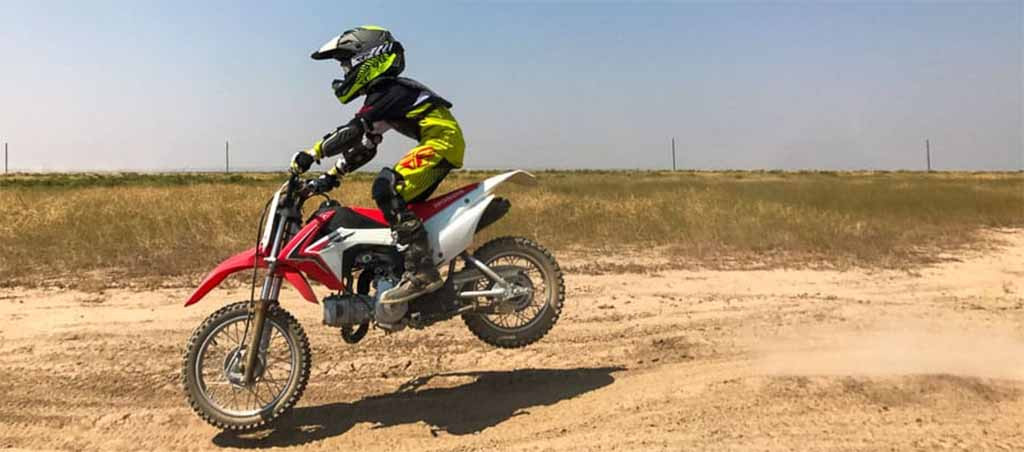 young_rider_mid_air_jumping_a_pit_bike
young_rider_mid_air_jumping_a_pit_bike
Age Suitability: Who Can Ride a Pit Bike?
It might be surprising to learn that children as young as 3 or 4 years old can begin riding pit bikes, provided they are under close adult supervision throughout the process. By the age of 5 or 6, children can start to learn basic skills like very small jumps and riding without training wheels, depending on their individual development and confidence.
When selecting a pit bike for a child, it is paramount to choose a model that is appropriately sized and powered for their age and skill level. Overpowering a young rider with a bike that is too powerful can be unsafe and discouraging. Ideally, for younger children, sticking to engine sizes around 50cc is recommended. Equally crucial is ensuring they are equipped with the correct protective riding gear to maximize their safety while riding. Older and larger children can typically handle bikes with slightly more power and larger frames.
While younger children can learn to ride pit bikes at an early age, prioritizing safety through proper guidance, appropriate bike selection, and comprehensive safety gear is essential to ensure a positive and secure riding experience.
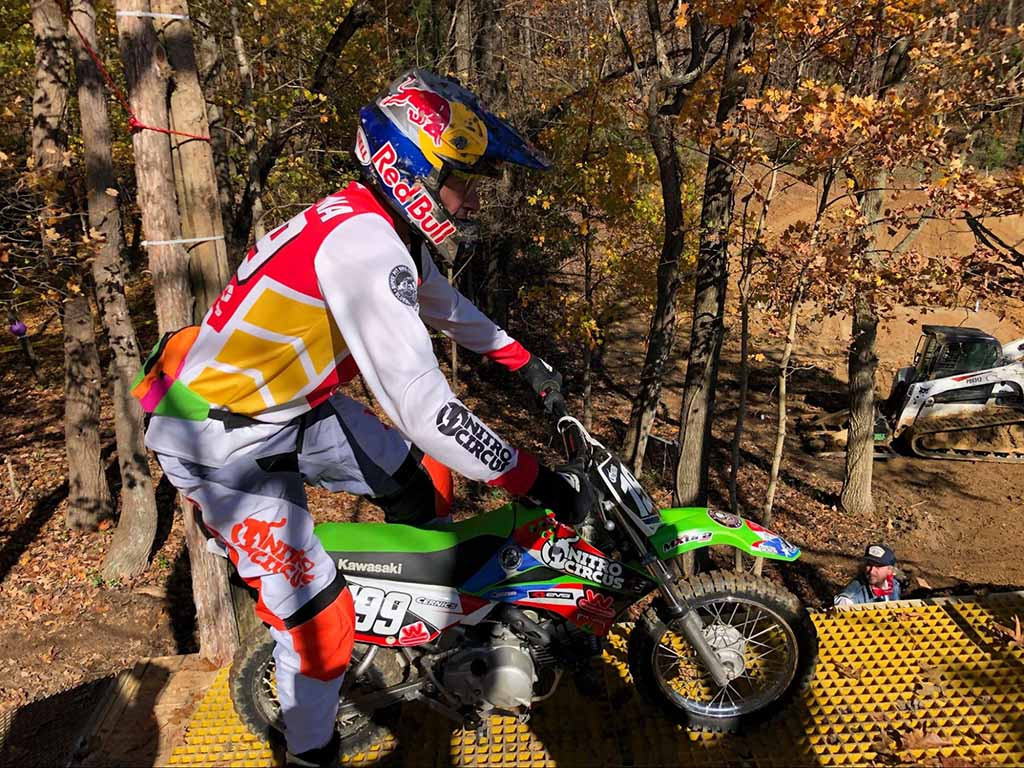 mx_num_199_Travis_Pastrana_readying_a_take_off_on_his_Kawasaki_pit_bike
mx_num_199_Travis_Pastrana_readying_a_take_off_on_his_Kawasaki_pit_bike
In Conclusion
Pit bikes sometimes carry a reputation as being lesser quality, toy-grade bikes that cannot compare to standard dirt bikes. While it’s true that many pit bikes are smaller, less robust, and may not achieve the same top speeds as full-size dirt bikes, they offer a unique blend of fun and accessibility. The quality and durability of a pit bike often directly correlate with its price point. Therefore, investing slightly more upfront can be a wise decision if you are seeking greater longevity and enhanced performance from your pit bike. Ultimately, pit bikes provide an excellent entry point into мотоспорт and offer enjoyable riding experiences for a wide range of ages and skill levels.
